We may think that the models on the runway are all bone-thin, and they are, but how close are they to the sizes that are actually worn by real people? Not very close. Designers don’t like designing for full-figured models because there are too many variables. So we end up with models like:

They look like rejects from a concentration camp. The key signal are the upper thighs which are inordinately thin. This isn’t even close to anything normal.
Looking back in history as some of history’s more glamorous figures, they don’t look all that thin at all.
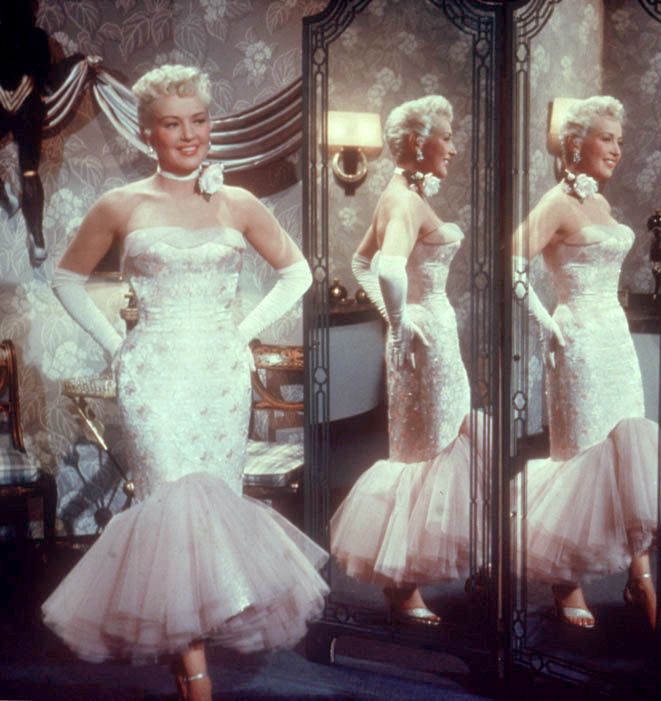
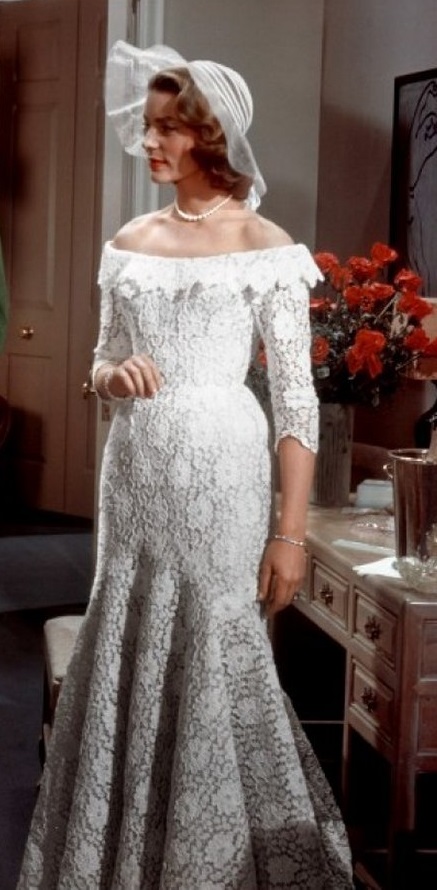
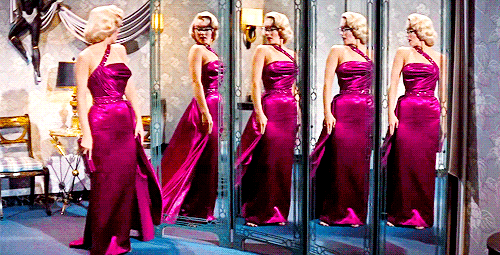
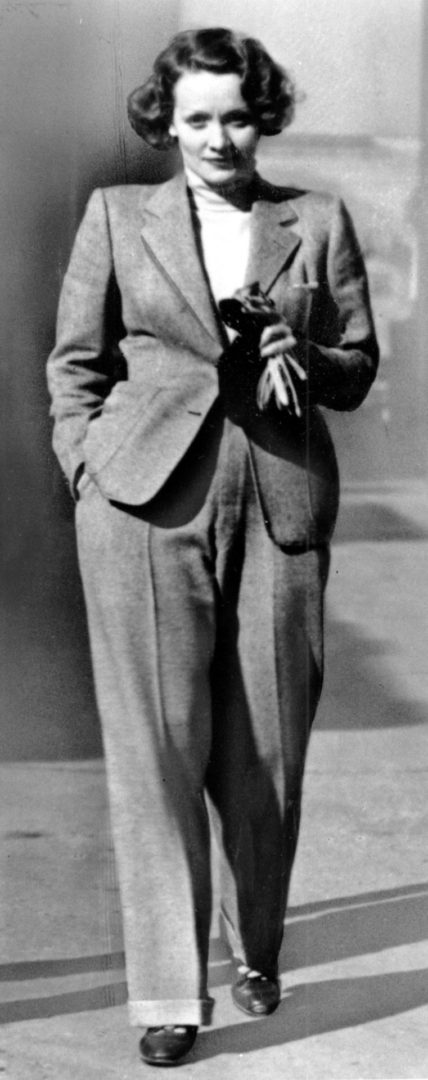
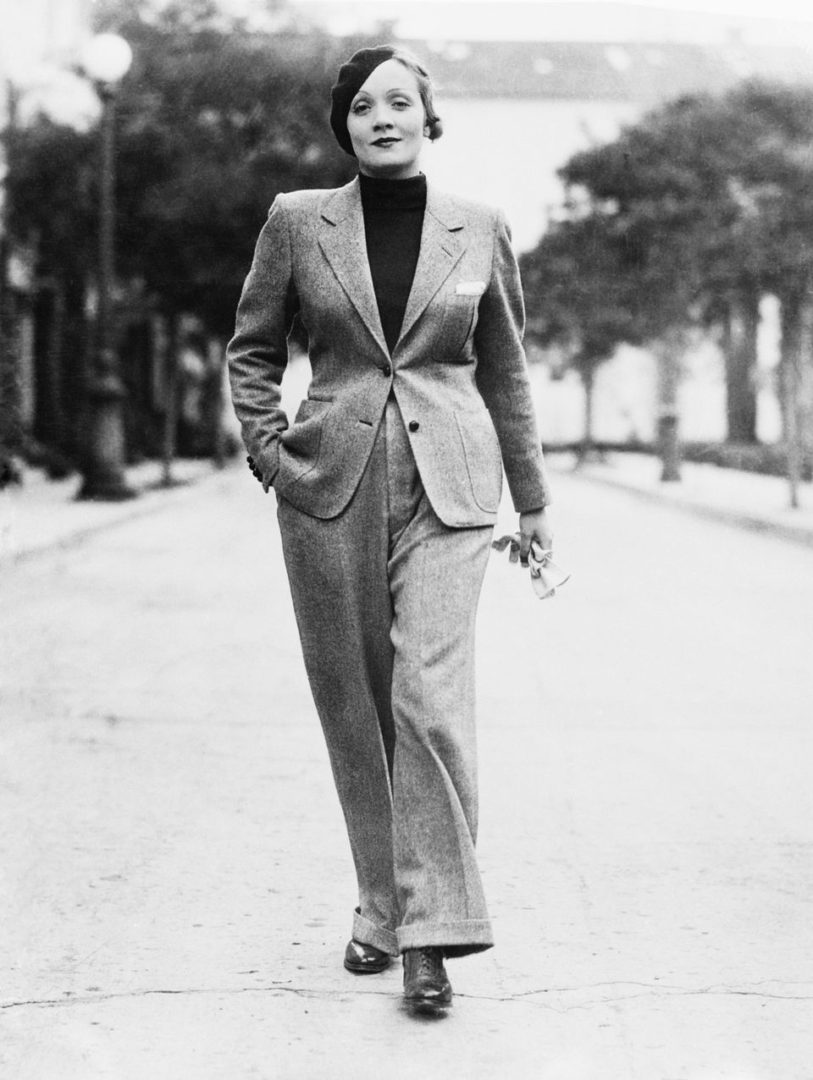
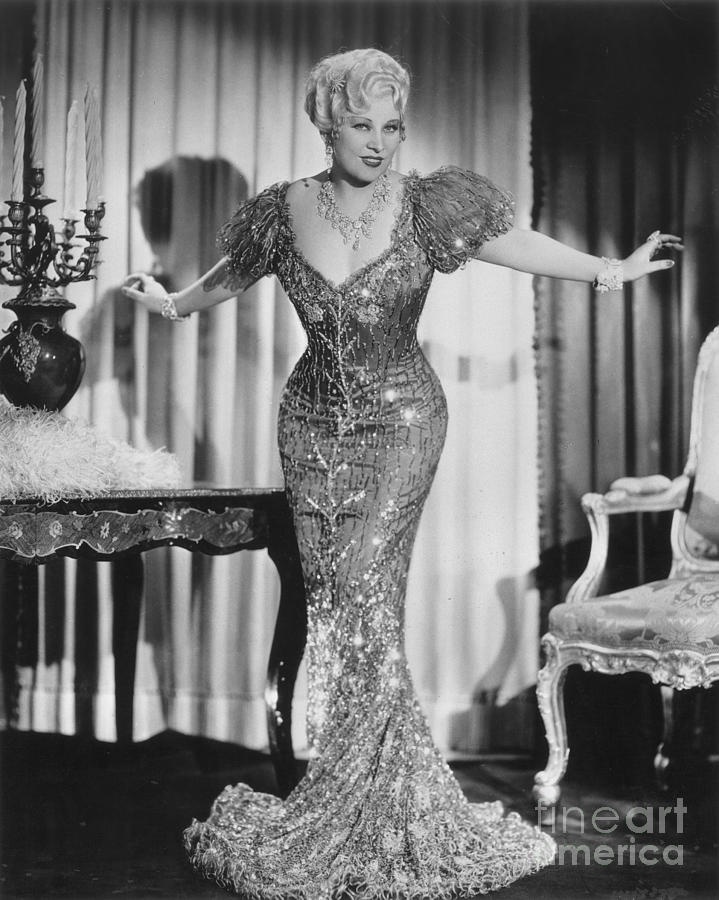
All of these women had full and very shapely figures, and whether they were wearing pants or dresses they all had very full figures.
Today we’re seeing more of a fuller figure than we have in a while, which is a nice change. At the Met Gala the other night we had a very interesting. Kim Kardashian wore Marilyn Monroe’s “Happy Birthday Mr. President” dress at the gala.
This makes a great point about exactly what size these ladies were. They weren’t thin. Marilyn Monroe wore a size 14 while Jane Russell wore a size 16. These weren’t wispy-bone-thin ladies. And they were considered voluptuous and beautiful in their day. As a matter of fact, they were revered for their beauty.
Personally, I love the fact that Kim wore this dress as it shows how much our concept of sizes has changed, and I like that we’re getting away from the bone-thin/post-apocalyptic look.

Marilyn Monroe — according to her dressmaker’s records made public after the dressmaker died — had a 22 inch waist. Liz Taylor and Jayne Mansfield had a 21 inch waists. Brigitte Bardot (age 18) had a 20 inch waist. In 1955, the median adult woman had a 25 inch waist (today a size 00 and not for sale in retail stores). Today, according to the CDC, the median adult woman has a 39 inch waist, and that may be under-reported. By comparison, the median waist size of Privileged, White Males has been dropping since before the 2016 election. As the clothing for women became more and more tent-like in retail stores, the clothing for men became substantially more tailored in fit. . . . . When MM’s dresses went to a museum for display, the museum had to Special Order mannequins because the smallest “standard” mannequins today were several inches too big in the waist.
Claire, your comparison to sizes then and now are misleading, I think. I have two of my mother’s patterns from the 1950’s. The size of the pattern is 16. The bust waist and hip are considerably smaller than those of a size 16 today. My mom weighed 135 then and was 5’5″ tall.
She looked fabulous! When I was 15 I made a dress in a pattern size 14. I was 5’9″ tall and 128 lbs. Today, at 76, I weigh 150 lbs and am 5’7 1/2″ tall and use a size 16 pattern! Sizing, as you once noted, has changed to accommodate our egos. I wear a 12-14 in RTW.
It’s hard to believe that MM’s dress could be altered enough to fit KK!
You know I appreciate your comment, but the truth is that the dress didn’t need that much altering, because there wasn’t that much fabric to alter in the dress. The big problem with the dress was that the waist wasn’t big enough, which is more about the rib cage than really the waist. If you look closely at MM’s figure (as in Jane Russell’s and Lauren Bacall’s) their rib cage was small so they could cinch in their waists as tight as they want.
This was a typical style during the 18th Century European style. There was no bra, but a corset that was boned (to remain stiff) that was small at the waist and angled up but it pressed against the bosom to push the bosom up at the same time to push the fullness down so that everything above and below the corset was full while the waist was artificially small. In so doing, the women’s chest (rib cage) was so constricted, that if women became scared or shocked, they would normally faint because they could only use about 10% to 15% of their lung capacity. That’s why women were always fainting in the 18th Century. Don’t think the same thing didn’t happen in the 50s with the tiny waistline. I watched my aunts wear the most outlandish girdles and corsets to fit into their tiny waists. At the same time, their hips were allowed to swing free and wide.
In the 50s the hips being full meant that the woman was fertile and would have many children, which was the “in” thing to do at the time. After World War II, it was all about going home, getting a job, getting married, and having kids. And a fertile woman with wide hips was considered a huge sign that this woman could bear children.
sSo if there wasn’t much fabric in MM dress, as I suspected the wasn’t, how did KK where that dress? Did they insert pieces in the side bodies and the skirt? That’s the only way I can imagine they could get her in it!
I know about the dresses of yore as well as the corsets (dreadful things!) and the corsets of the 50’s. GIRDLES! I was given as a 17th birthday gift as Barbazon matching bra and girdle in pale blue with little flowers. Of course it had garters to hold up my white nursing school stockings. Those too were dreadful things. But I was thrilled at the time! How things have changed! Let’s hope we never have clothes like that again. But, I sure wish someone could explain to women young and old that just becasue you can squeeze all that body into leggings doesn’t mean we want to see it! Ugh. TMI to the 10th degree.
Thanks for all your lessons.
Corsets have been in use by women nearly 500 years. Except in literature and some 20th century movies, women did not “faint” from corset usage, except on cue. . . . . As a man who knows how to make a sewing machine needle go up and down, I recently went looking for a lady’s dress pattern to make something for a friend who has a pretty face and trim figure. Guess what? McCall’s/Butterick/Vogue/Simplicity seems almost gone and ALL of its dress patterns look like circus tents. Burda? Maybe as well. So I went to eBay. Not worth the time. Then to Etsy, not much good either. ALL patterns available look like shower curtains. . . . . . . In the end, I made a “wrap dress” and a “wrap blouse”, each cut on the bias “Claire McCardell” style to made something which makes a woman look feminine. . . . . Historically going back at least 3,000 years, MEN have been the peacocks, women the brown-feathered birds in the bushes (watching the peacocks and planning to make their presence known as quickly as possible for the right peacock). SOMETIME exceptions were during times of war — when all the studly young men were thousands of miles a away fighting for God and Country — and during strange demographic changes, such as the Baby Boom wherein FIVE (5x!!!) TIMES as many baby girls were born EACH YEAR as baby boys born any of the previous fifteen years.. . . MEN wear alluring clothing OR OR OR OR OR OR OR OR women wear alluring clothing BUT NOT BOTH AT THE SAME TIME. Today, women wear clothing so much like shower curtains even Marines three days home from a war zone don’t notice, the Marine buying another cold beer. . . . In 1970, the median age for a woman’s first (and 2/3rds of the time usually only) marriage was twenty years and a few months. She married a guy about two years older. In other words, they knew each other when she was eighteen years old. In 1970, the median 18 year old girl (as they were called then) weighed 110 pounds. Today, the median age for a women’s (first) marriage is 28 years old and she marries a man of age 30. That woman — on the average — weighs over 200 pounds, and by age 45 has heart problems and is diabetic.
Please stop sharing misinformation about corsets. People could breathe just fine. There weren’t people fainting all over the place. This is 100% urban legend promoted by men at the time and Hollywood now. Women of all classes wore corsets while going about their day – this includes farm wives who wore corsets while cutting hay, feeding the chickens, and scrubbing laundry in a tub. Maids wore corsets while cleaning out the fireplace, carrying buckets of water and scrubbing the floor. Upperclass women rode horses, played tennis, rode bicycles, and danced at balls. All while wearing corsets.
Please view better info: https://www.youtube.com/watch?v=zNwTqanp0Aw
It is incredibly disappointing when this kind of misinformation is parroted so irresponsibly.
Well actually the corset of the 18th centuries, was a completely different garment than the one of today or even of the Victorian age. The front was completely straight. When laced up, this corset pushed the bust into the chest and up, in an attempt to make the bust look larger. My cousin who did the costumes for Barry Lyndon, used this corset to emphasize Marisa Berenson’s bust. Ms. Bereson later commented that she never had much of a bust except in Barry Lyndon because of the corset she wore. There aren’t many photos of Berenson in costume, but this one shows how she had a great bust in that movie:

The point is that the corset wasn’t shaped at all. It was flat in front and pushed the user’s breasts into her rib cage and also made the rib cage so small that the user couldn’t get a good full breath of air, and because of that if the user were shocked, or running or for any reason needed a full lung capacity, she couldn’t get it, and thus would faint due to lack of oxygen, and thus came about the problem of wearing the corset. As far as other women working in the fields with their corsets, they were laced and strung much looser to allow for breathing and taking big breaths of air.
The corsets of the Victorian and Edwardian era, and of today, have completely different shape – the most notable being the smaller waist with the expanse in front, to allow for the bust. This was the creation/invention of the bust cups. Having that large bust area was most desireable in the fashion silhouette of the time. After that Chanel and Schiaparelli most notably, created a more androgynous silhouette which lasted till the 1947 Dior silhouette which exemplified that Victorian/Edwardian very tiny waist and large bust and bustle. The Dior suit is even padded on the hips to accentuate the very tiny waist.